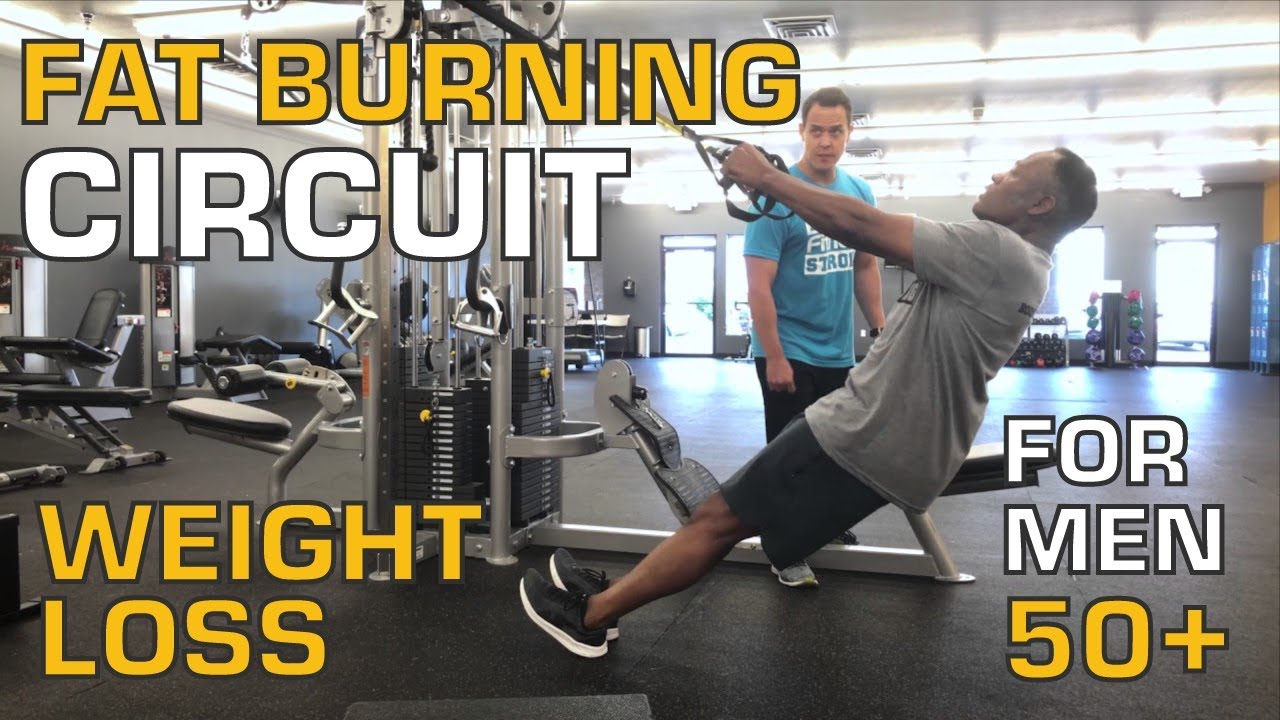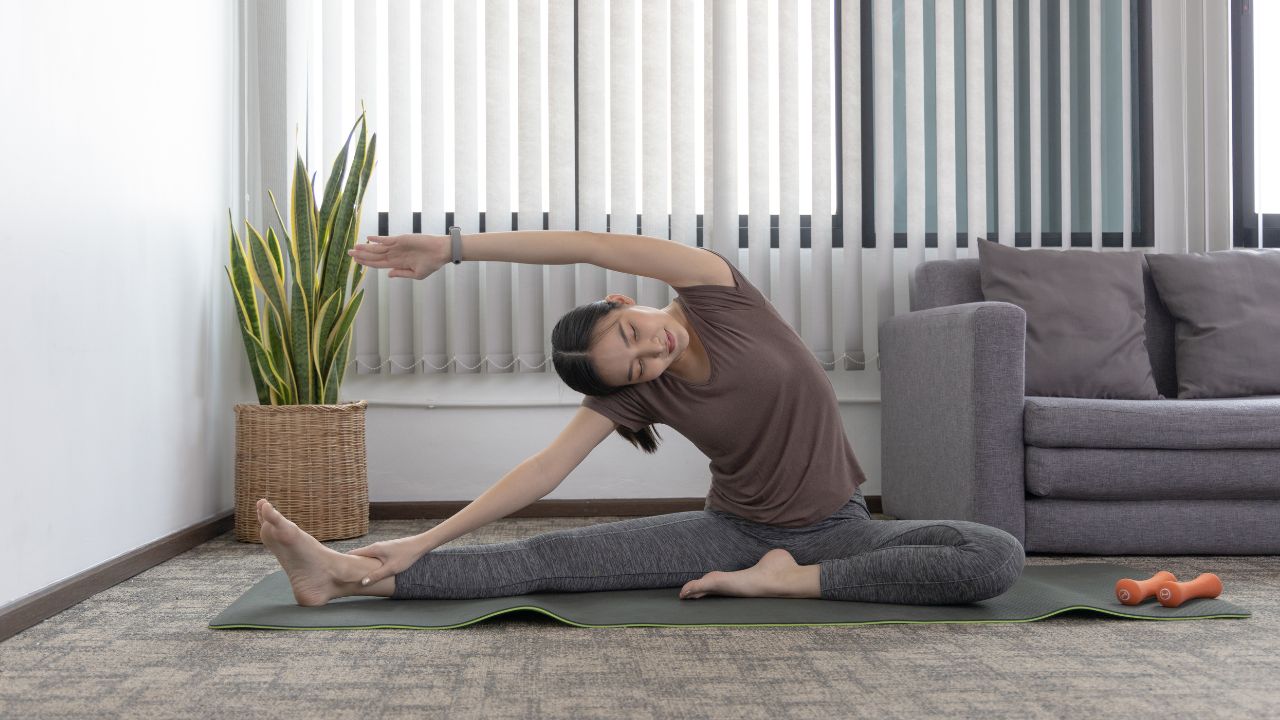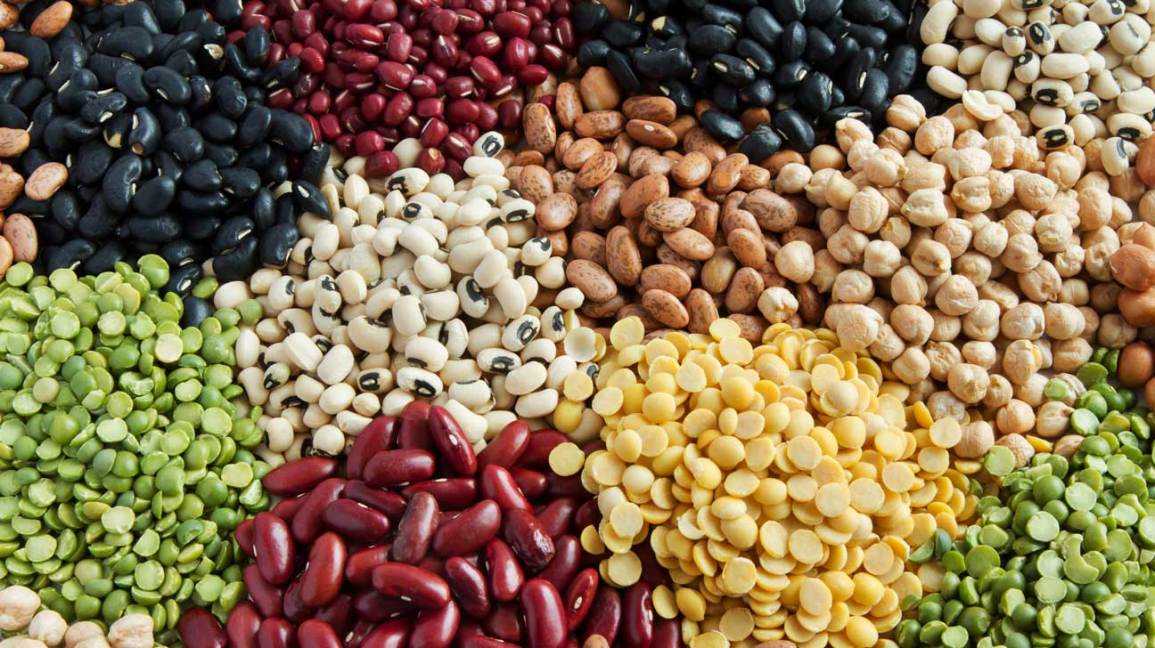
If you'd like to tone your legs, here are some tips. Do squats, lunges and sprint intervals. You should also include more citrus fruits in your diet. Try these tips, and you'll be surprised how quickly you can lose fat in your legs. You should try them! Make sure to also do the other leg exercises. They'll tone your legs and give a toned look in no matter how fast you do them.
Lunges
A combination of leg exercises can help you burn fat quickly in your legs. It is advisable to do this workout 2-4 times per week. When you are working out, it is important to be precise with your form. The "RM" refers to the maximum number of repetitions you can perform with good form. For example, you should use a weight that only allows you to complete six reps. A warm-up consisting of light cardio or dynamic warm-up is also recommended. You should do a combination or leg exercises to maximize muscle growth.

Squats
The benefits of squats go far beyond burning fat. Squats improve functional mobility and increase metabolism. Squats are not only effective in burning fat but also increase the production of natural hormones. Weight loss can be made possible by the hormones that accelerate metabolism. Squats are beneficial for your health, as well as the look of your legs and thighs.
Sprint intervals
Sprinting can help you lose weight and improve your fitness. This cardio increases lung capacity and builds lean muscles mass. This type of exercise burns more calories per hour than steady-state cardio. An app such as MyPlate can help you estimate how many calories each sprint or run burns. You won't see any results if you run sprint intervals.
Citrus can be added to your diet
In many ways, citrus can help you lose fat. It increases your metabolism and decreases your appetite. It's found naturally in all fruits and vegetables including citrus, grapefruits. Citrus is a powerful fat-burner and can be great for reducing unwanted fat in your legs, as well as overall body.

CoolSculpting
CoolSculpting is a non-invasive procedure that helps to reduce fat in the legs. It's a non-invasive treatment that can help to lose fat. A special tool called an applicator is used to perform this procedure. This device applies suction to the targeted area. The apparatus also contains paddles that administer temperatures that are cold enough to freeze body fat without damaging the skin. If you're concerned that CoolSculpting is not right for you, your doctor will recommend other treatment options.
FAQ
What side effects can intermittent fasting have?
Intermittent fasting is safe and has no side effects. But, it is possible to experience minor side effects if you plan poorly.
If you skip breakfast, for example, you may feel constantly irritable. Also, you might experience dizziness, headaches, fatigue, muscle cramps, and dizziness.
These symptoms typically disappear in a matter of days.
Is it possible to eat fruits while intermittent fasting?
Fruits are good for you. They are full of vitamins, minerals as well as fiber, antioxidants and other nutrients. However, they also contain sugar which can cause blood glucose levels to spike. This can lead to insulin resistance, weight gain, and even diabetes. If you're looking to lose weight with an IF diet then you should choose fruits that are low in glycemic.
How to Create an Exercise Routine?
It is important to establish a routine. You must know what you will do each and every day, as well as how long it will take. This helps you plan and prevents procrastination.
You should also ensure you have plenty to choose from when working out. Exercise shouldn't be boring. Otherwise, you'll lose motivation.
You also need to keep track of your progress. It is important to keep track of how much weight you have lost and gained over time.
If you start off by losing weight, it's easy to lose motivation if you don't gain any additional weight. However, it's much harder to stay motivated when you gain too much weight.
So, try to find a balance between gaining weight and losing weight. If you are unhappy about where you are, it will make you less likely to exercise.
Why Exercise Is Important to Weight Loss?
The human body, an amazing machine, is incredible. It was created to move. Our bodies are designed to move, whether we're running, swimming or biking, lifting weights, doing sports, jumping rope, walking or standing still.
Exercise can also help you lose weight and tone your muscles. This makes you feel better physically and mentally. You may have heard people say "exercise is important for weight loss." But why exactly does exercise help lose weight?
-
Exercise boosts metabolism. Your body uses energy when you are active. Your heart rate increases, blood flow to your muscles and oxygen is absorbed from your lungs when you move. All of these activities consume energy. Your metabolic rate increases, which means you'll burn more calories while exercising. Calories refer to how much energy you use during physical activity.
-
Exercise reduces appetite. Exercise can help you lose weight.
-
Strength is built through exercise. Muscle tissue uses more energy than fat tissue to function. You will be able to lose weight if you have more muscle mass.
-
Exercise releases endorphins. Endorphins, hormones that make you feel happy, are released when you exercise. They are released into your bloodstream when you exercise. Studies have shown that endorphins can block pain signals reaching your brain. This can give you a sense of well-being.
-
Exercise can boost self-esteem. People who exercise regularly tend to have higher self-esteem. It also leads to a healthier lifestyle.
Start small to lose weight. Try adding one of these tips to your routine today.
What is the best exercise for weight loss?
Many factors influence how much exercise is needed to lose weight, such as age, gender, body size, and weight. Most people require moderate activity at least five days per week.
The American College of Sports Medicine recommends 150 minutes of moderate-intensity aerobic activity each week, spread over three days.
For example, if you want to lose 10 pounds, aim to do 300 minutes of moderate-intensity exercise each week. This includes activities like jogging or running, swimming laps and biking.
If you're just starting out, consider doing 20 minutes of vigorous activity thrice weekly. You could do sprints, lifting weights or jumping rope.
Aerobic exercise helps to build muscle mass and burn calories. Muscle burns more calories per calorie than fat. You may be able to achieve your goal quicker by building muscle and losing fat.
Statistics
- According to Harvard Health, it's estimated that a 155-pound (70-kg) person burns around 167 calories per 30 minutes of walking at a moderate pace of 4 mph (6.4 km/h) (5). (healthline.com)
- One 6-month study showed that simply doing 11 minutes of strength-based exercises 3 times per week resulted in a 7.4% increase in metabolic rate, on average. (healthline.com)
- According to Harvard Health, it's estimated that a 155-pound (70-kg) person burns roughly 112 calories per 30 minutes of weight training (5). (healthline.com)
- Among women, the increase in metabolic rate was nearly 4%, or 50 more calories per day (14Trusted Source (healthline.com)
External Links
How To
How to do Intermittent Fasting (IF)
Intermittent fasting is a dieting method where you normally eat one day per week, usually Monday through Friday. This is a way to cut down on calories while still getting enough nutrition. This helps you lose fat more quickly than if it were your normal meals for the entire week.
The most common form is to limit calories for certain days. This means that you would skip breakfast every morning and then consume whatever food you want during the rest of the day. You could also choose to eat three small meals daily rather than two large ones.
There are many different forms of intermittent fasting, including alternate day fasting, 5/2 fasts, 8/4 fasts, 16/8 fasts, etc. Each type of intermittent fasting has its pros and cons. Alternate Day Fasting is the easiest to begin because you don’t have to make significant changes in your life. However, not everyone can stick to a rigid schedule. They might prefer to experiment with other methods.
If you want to try intermittent fasting, I suggest starting with alternate-day fasting. This will allow to slowly transition to more extreme fasting regimens without drastically changing your lifestyle.